The Japanese car modification scene is one of the liveliest in the world. Here’s a run-down of some of the most notable Japanese car sub-cultures.
So you’ve all heard about VIP Style, Liberty Walk and RWB wide arch builds, Bosozoku gang cars and their love of drifting. But, that’s only the tip of the iceberg when it comes to Japanese car culture and sub-cultures. They have trends on trends, so here are the main big ones, plus a few of the more obscure ones.
Below, we’ve listed the best-known Japanese car sub-cultures. But if you want to appreciate the entire spectrum of Japanese car culture all in one place, get along to Japfest on April 13. Book your tickets today for the biggest and best Japanese car event of the year!

Drifting
These days, drifting is a worldwide phenomenon, having gone from being part of the underground Japanese car sub-cultures to a sport with enough credence to have its own highly-professional competitions. However, while the Americans and Europeans have really taken to drifting over the past two decades, its roots are firmly entrenched in Japan.
I’m sure you don’t need me to tell you, but drifting is essentially the art of hanging the rear end of your car out and sliding around corners in a controlled manner. It’s not the fastest way to get round a course, but it’s certainly spectacular and there’s plenty of fun to be had while doing it. It’s not easy, either. Learning to drift well takes real craft, and as such, some of the cars used at the highest level are true feats of aftermarket engineering. I mean, just check out the builds used in Formula Drift or D1 GP.
That said, drifting is something that anyone with a rear-wheel drive car could theoretically do, meaning that the grassroots scene is absolutely massive. There’s still a street-based underworld for Japan’s drifters to take part in if you look hard enough to find it, but that’s a lot rarer to come across than it used to be. Instead, amateur drifters more often flock to places like the hallowed ground of Ebisu where they can burn rubber in a controlled environment. That’s not to say things always go smoothly though…
Touge
Like drifting, touge is a practice which has extended beyond Japan’s borders, albeit in not quite such a widespread and formal manner. The name reflects the environment in which the racing usually takes place; namely narrow, twisty mountain roads. If you’ve ever watched Initial D or the touge battles on Best MOTORing, you’ll know exactly what I’m talking about.
The idea behind touge is that two cars face-off in a round of heats. On the first run, ‘Car A’ will lead ‘Car B’. If by the end of the course Car A has eked out a notable gap to Car B, then Car A will be deemed the winner. However, if Car B manages to stay within a close striking range or even manages to overtake Car A, then Car B will win that round. Next, the two drivers will swap chase and lead roles. If that results in a deadlock, the drivers can opt for a third deciding round with the roles swapped once again. In fact, since touge is rarely a regulated sport, drivers can choose whatever rules they fancy, but the most common format is the one I’ve described.
Now, you might be thinking, “If this is unregulated and takes place on mountain roads, surely it’s illegal?”, and you would be right. Touge events not held on public roads do exist, but they’re much harder to find compared to drift days. So, whereas drifting has risen beyond its underground roots, the same can’t really be said of touge competitions. Certainly not to the same scale, at least.
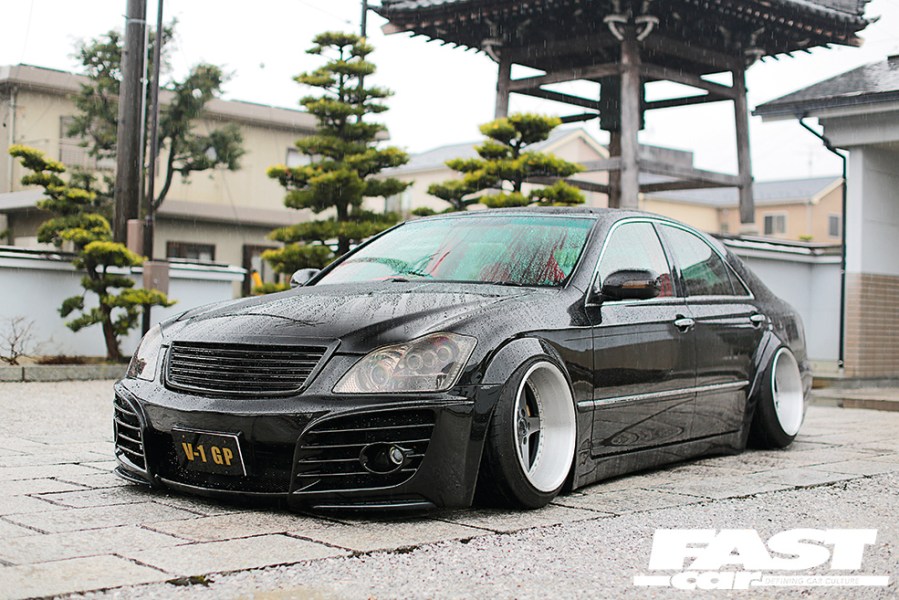
VIP Builds
As the story goes, Japan’s highest-ranking criminal gangsters are the inspiration for the VIP sub-culture. Known as Yakuza, these dangerous men would often be chauffeured around the country in darkly-colored, luxury domestic sedans. While the exterior of their cars often had a subtle formidableness to them, the interiors were as luxurious as you’d expect of infamous professional criminals. This combination was something that the Japanese car community took note of, and understandably deemed to be quite cool. From there, the VIP sub-genre emerged.
Of course, modern VIP-style cars aren’t exactly comparable to what the Yakuza would’ve been driving about in. Owners of VIP cars (presumably) don’t need to keep quite such a low profile, meaning that it’s common for the imposing aesthetics to be ramped up a notch. And as for the interiors, the possibilities are practically limitless. Here in the UK, I recently saw an old Lexus LS VIP build with a small chandelier and wine rack in the back!
Over time, VIP cars have become more globally recognized as an automotive sub-culture, so if you’d like to have a go at building one, check out our shortlist of the best VIP-style project cars you can buy.

Kanjozoku
A multi-decade-long phenomenon, kanjo racing is all about competing in packs during the dead of night on Japan’s elevated highway loops. It goes without saying that this is a highly-illegal sub-culture in the Japanese car scene, but that hasn’t made it any less popular over the many decades that it’s gone on for. Usually equipped with masks to protect their identities, the Kanjozoku are most prominent in Osaka, and almost exclusively race highly-tuned EF-, EG-, and EK-generation Civics. Unafraid to keep their races secret, there’s plenty of kanjo action to be found in videos online, including run-ins with local police.

In many ways, it’s not too much of a stretch to consider the Kanjozoku as a rowdier, more rule-less version of the mythical Midnight Club. When talking about street racing, considerations for public safety can only be spoken about in relative terms, but it’s fair to say that the tighter, twistier routes preferred by the Kanjozoku are riskier than the wide open Wangan highways chosen by the Midnight Club before its demise.
Of course, you don’t have to be a daredevil on public roads to appreciate the kanjo style of build. Incredibly raw as a driving experience, kanjo Civics are loud, rapid pocket-rockets, and have become a fairly popular template for build projects internationally. Here’s a feature article we did on a pair of UK-based kanjo Civics from a little while back.
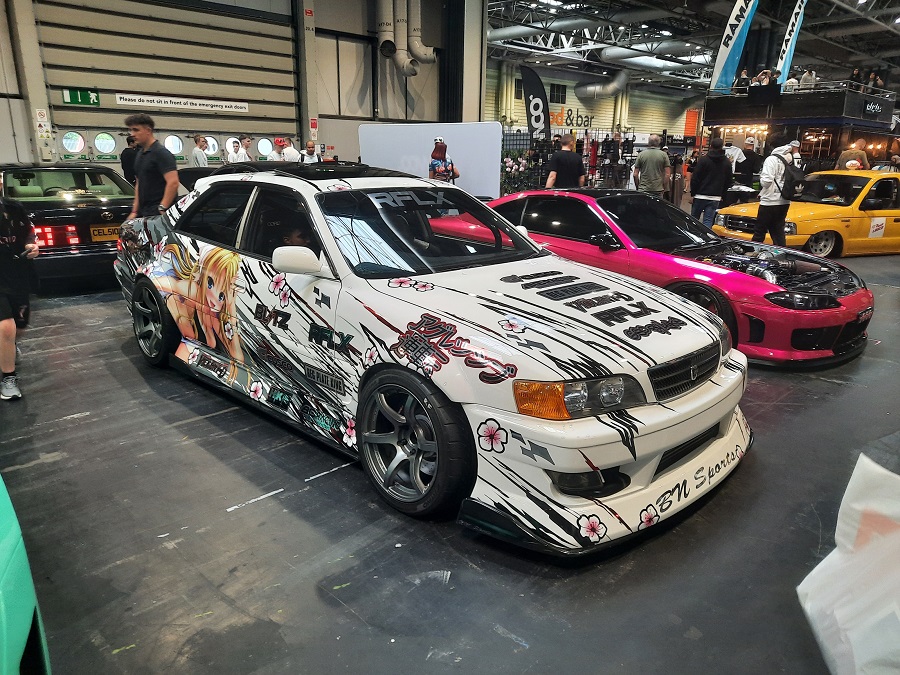
Itasha
A particularly divisive Japanese car sub-culture, the word ‘Itasha’ loosely translates to ‘painful’ or ‘cringeworthy’. Not exactly the most appealing description, granted, but there are plenty of folks out there who dress their cars in Itasha liveries with pride. Essentially, the idea is that car owners will incorporate their favorite anime characters into the exterior design of their car, simply as a way of representing their combined passions.
Some Itasha designs are incredibly well put-together with intricate artistic quality, whereas others are a bit more rudimentary. In fact, if you take a wrong turn down towards the sleezier end of the sub-culture, they can become downright pornographic. But in 90% of cases, it’s a harmless bit of fun. This style of build certainly isn’t for everyone though…
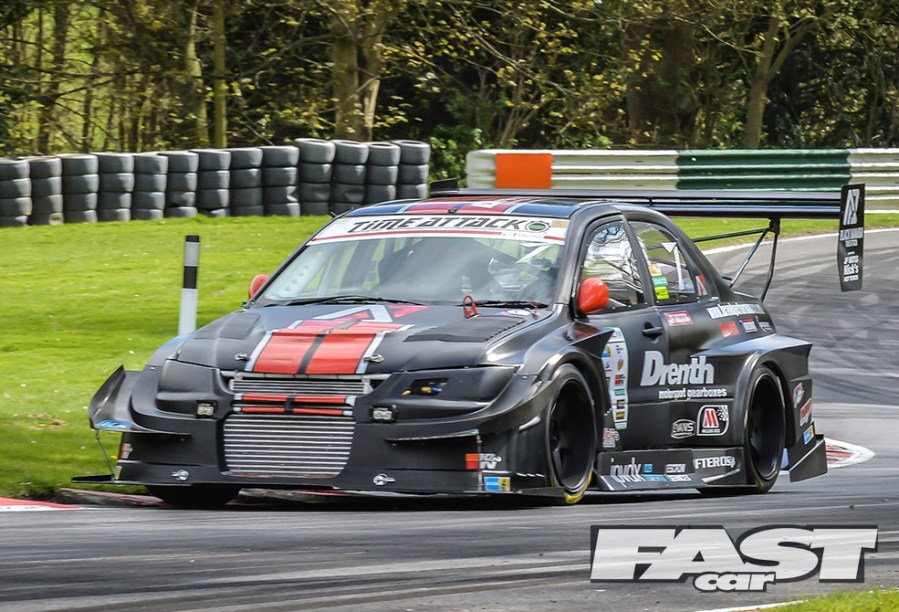
Time Attack
By no means a sub-culture that’s specific to Japan, time attack is nonetheless incredibly popular there. In fact, one of the most famous time attack locations is the Japanese Tsukuba circuit.
The goal behind time attack is very simple: lap a closed course as quickly as possible. In their quest for the quickest possible lap times, time attack drivers will often resort to some absolutely wild aero to achieve the requisite amount of downforce alongside their car’s highly-tuned engines. So, it’s just as well that the professional competition cars don’t need to be road legal. In fact, there are often different vehicle classes at official time attack events, ensuring that builds of similar capabilities are competing against each other. This hierarchical tier system that underpins the time attack culture also helps to ensure that a strong grassroots level for less extreme cars thrives in Japan, and around the world.
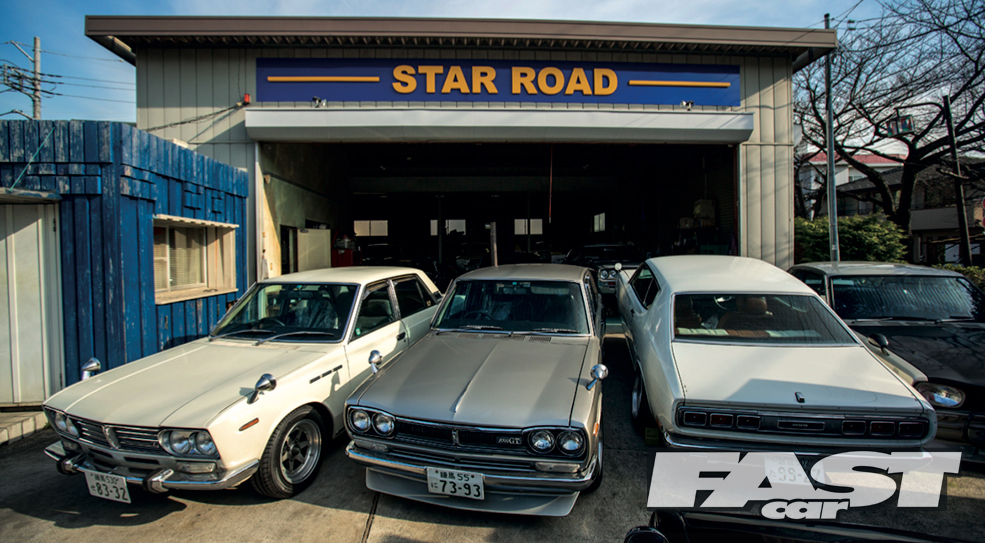
Kyusha cars
It may just be the Japanese term for classic car, but it’s one that has come to describe the whole scene that surrounds older metal from the land of the rising sun. Screw keeping cars pristine and period correct, the Japanese embrace tuning, resto-modding and evolving old rides to take full advantage of the amazing products that keep being developed to maintain precious heirlooms form yesteryear.
It’s a great demonstration of supply and demand, people want more and more bits and pieces and the industry continues to respond allowing them to do things that were absolutely impossible back in the day. Fairlady Zs, Skylines, 510s, RX-3, Laurels, Corollas you name it there is so much you can do, from custom work and engine swaps to complete ground up restoration with enthusiasts spending a ton of money to create the perfect interpretation of the car they always wanted when they were younger.
This continues to be the fastest growing slice of Japanese car culture and we can see why.
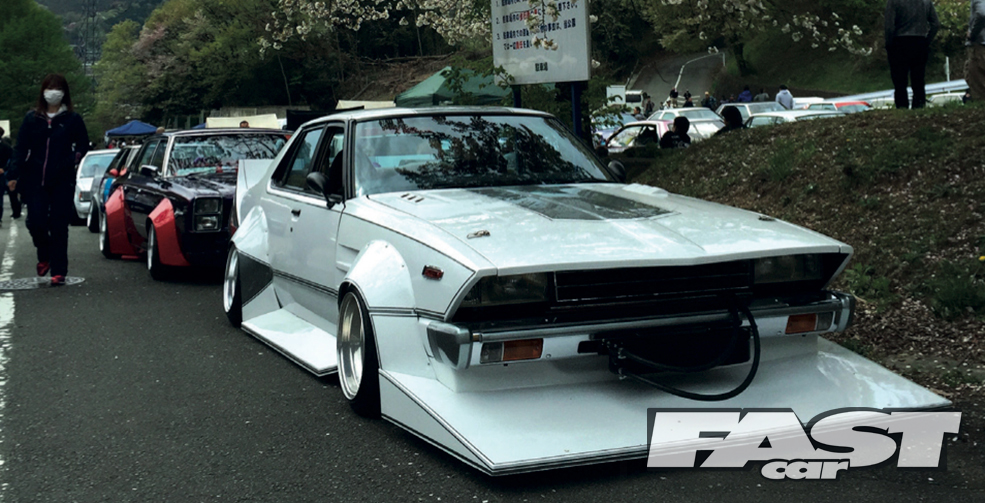
Kaido racers
As Japanese as sushi, onigiri and a chilled glass of saké, Kaido Racers are often misunderstood by quick-to-judge Westerners. Yes in its most extreme forms it’s all a bit silly and all done for a good laugh, but there are also more sedate interpretations all done to emulate in an almost caricature-like way the first Japanese racecars that began enticing interest form people into the world of motorsports.
Exaggerated “deppa” front lips and various takes on rear spoilers can join all sorts of other body mods like pumped fenders or flares and wild paint jobs, in most of the cases DIY jobbies done at the back of the house with your mates over copious servings of beer. A true Kaido Racer is then finished off with the takeyari “bamboo spear” long exhausts that shoot up into the air, there to make the engine’s sounds as obnoxious as possible. Throw in vintage 14-inch JDM wheels with stretched tires and you have the style nailed down to perfection.
Any car can be turned into a Kaido Racer, but most popular subjects include Toyota Cresta, Soarers, Mark IIs and Nissan Glorias, Cedrics and at times even Skylines.
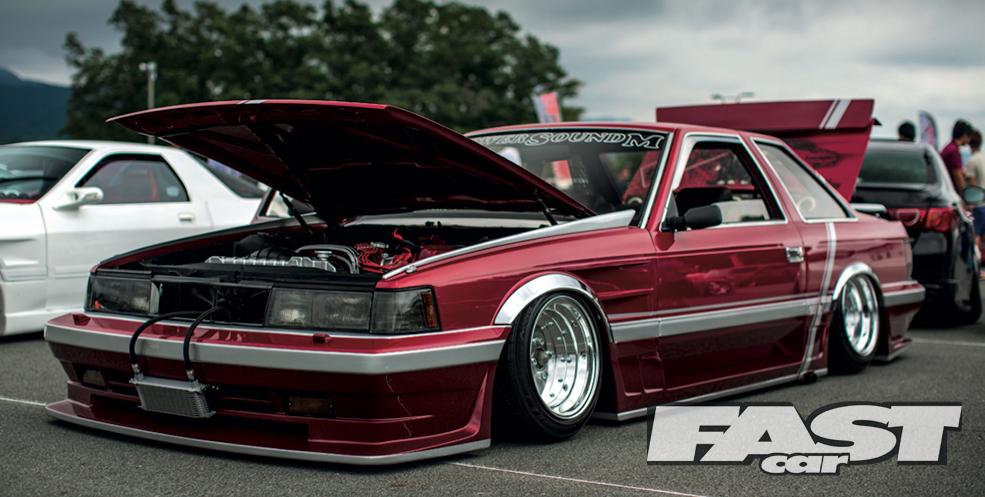
Shakotan cars
The best way to describe the Shakotan “lowered body” style is a Kaido Racer built with far more taste. The basics are still there, very low ride height and the obligatory JDM vintage rims – the rarer the better – shod with stretched rubber.
But, there’s an exception, it’s all a lot more polished, often with custom flares sculpted into the fenders to get that hippari “flush” look just right. The bucktooth front spoiler is a must as is a nice and clean engine bay and interior.
While the Shakotan is almost always associated with cars from the seventies and eighties, by definition it can be applied to even more modern cars if they exhibit the same sort of style.
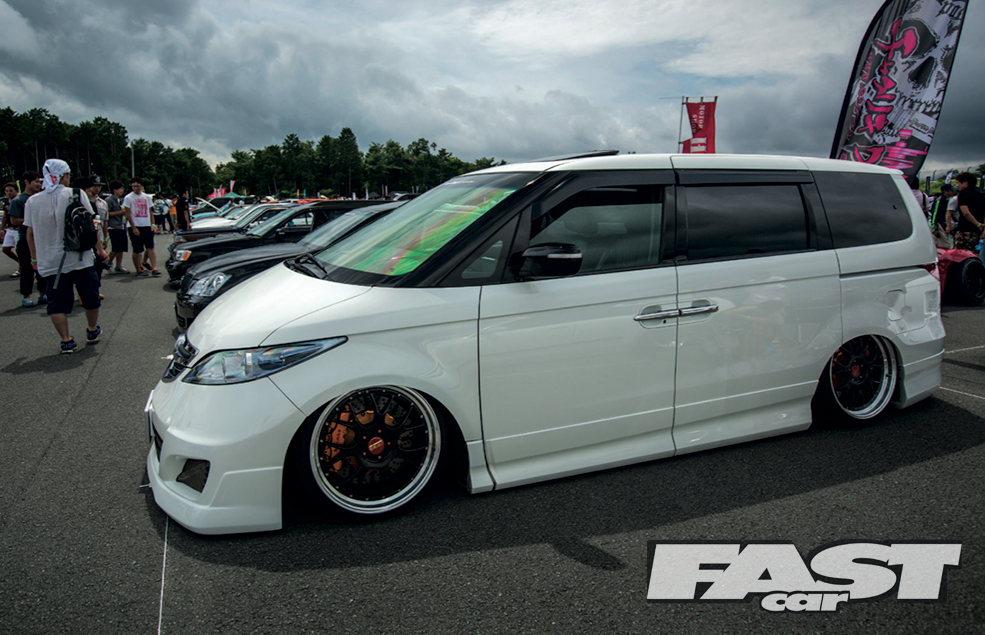
Vanning
Vans are the saviors of Japanese men! When that time comes to sell off your sports car and start setting up a family the car enthusiast must put that love of anything performance oriented aside for a couple of decades. That’s where vans come into it. Offered in all sorts of sizes from pretty much every single Japanese car maker they offer the space and hauling capacity that’s needed by a family, but being Japan there is a ton of options out there to fully deck out your MPV.
From the impressive selection of body kit manufacturers, wheel companies cater to this immense slice of the aftermarket sector with wheels specifically designed and sized to fit things like the Toyota Alphard, Vellfire and Noah to the Nissan Elgrand and Serena. The options don’t end there, most like to run quilted leather seat covers and a massive flip down rear screen, then finish off the exterior with a gazillion LED lights that turn your family hauler into something out of Tron.
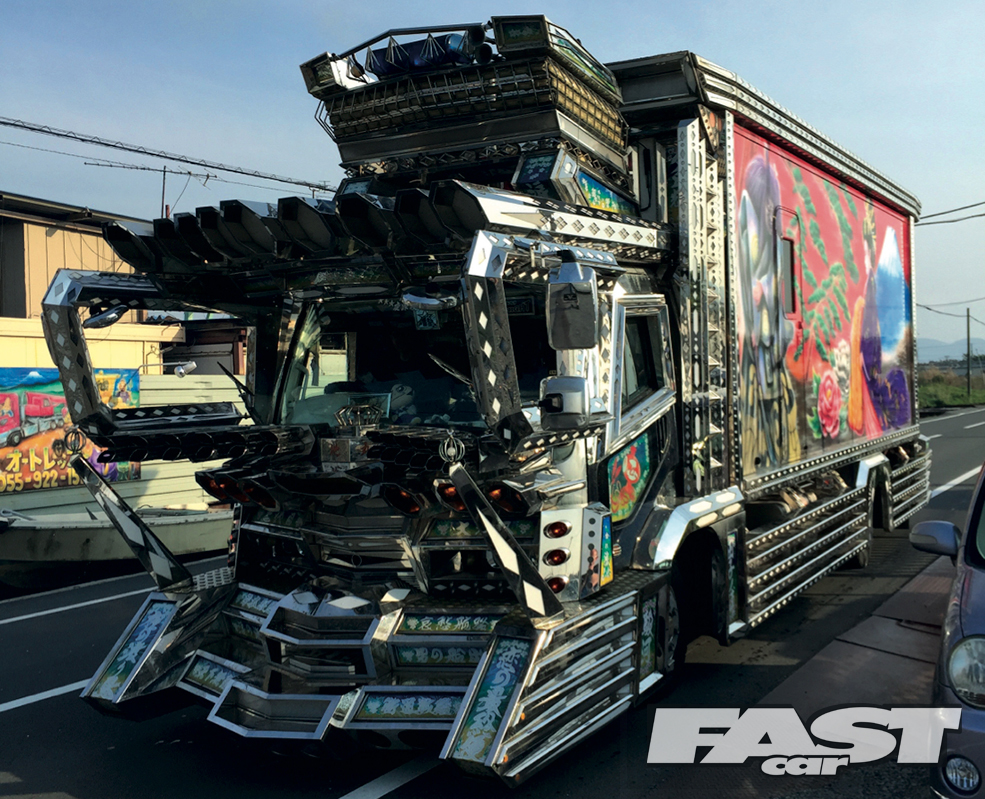
Dekotora trucks
Decoration trucks or “Deko-tora” are pretty much the Kaido Racers of the trucking world. Extremely popular from the mid-seventies onwards after the success of the Torakku Yaro series of films which depicted a truck driver going through his adventures with a wildly decorated lorry. What you see is all custom made for the most part, using sheets of stainless steel or aluminum to sculpt a whole new look for the truck.
It’s all then bombarded with lights, lots of them, as many colors as you can manage while the trailer section is usually airbrushed depicting vary traditional Japanese imagery. Interiors are decked out to resemble tacky hostess bars with quilted vinyl upholstery, golden tassels and the cherry on the cake – a chandelier! Of course, no sort of tuning is done to the diesel motors that power them, except for brutally unsilenced exhausts to further emphasize that on-road presence.
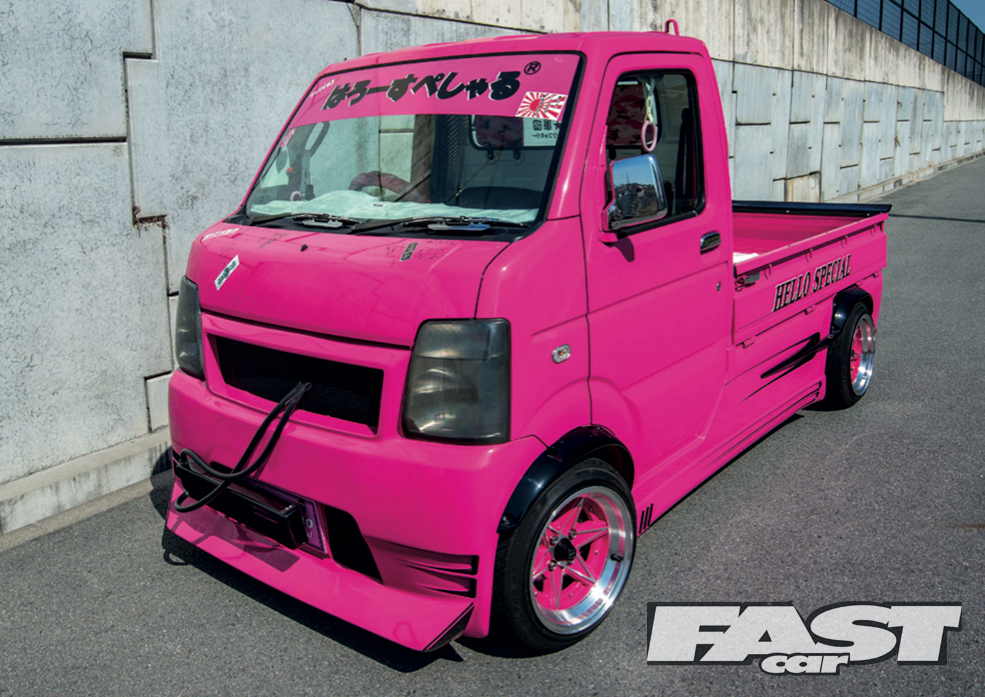
Kei trucks
Lightweight vehicles in Japan – or Kei – are the staple choice of transportation of the working class. This type of vehicle came to be after the war to help mobilize a recovering nation, offering cheap to buy and cheap to run vehicles to all. They just happen to be so tiny that they fit beautifully in between rice paddies, so the little pick-up truck versions came to be the choice of farmers, right up to this day.
And as with anything in Japan, as long as it has wheels on it, you can modify it! Aside from aesthetic personalization there are those that even weld up the rear diff and take the things out drifting. Yes, really! Plus, kei vehicles aren’t just restricted to the truck genre, so check out our list of the top kei cars to import if you’re seeking some extra inspiration.
Bring your vision to life
When exploring the vibrant world of Japanese car sub-cultures, having access to quality auto parts is essential for authentic modifications. For enthusiasts seeking reliable components, ifndautoparts.com offers a wide selection of parts to help bring your vision to life.
Words: Dino Dalle Carbonare & James Bowers
The post Japanese Car Sub-Cultures Guide appeared first on Fast Car.
Leia Mais.